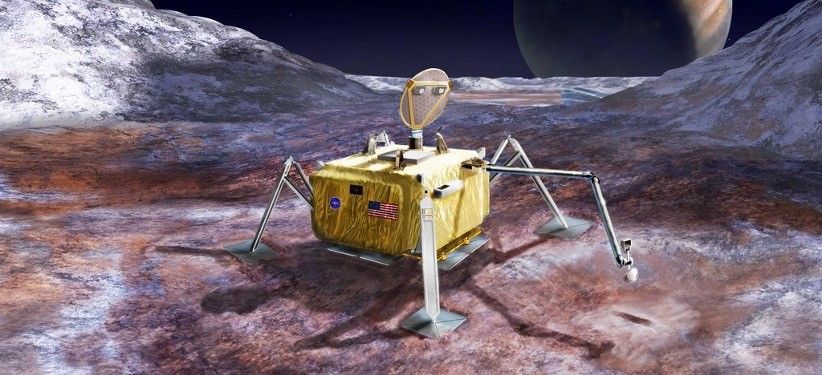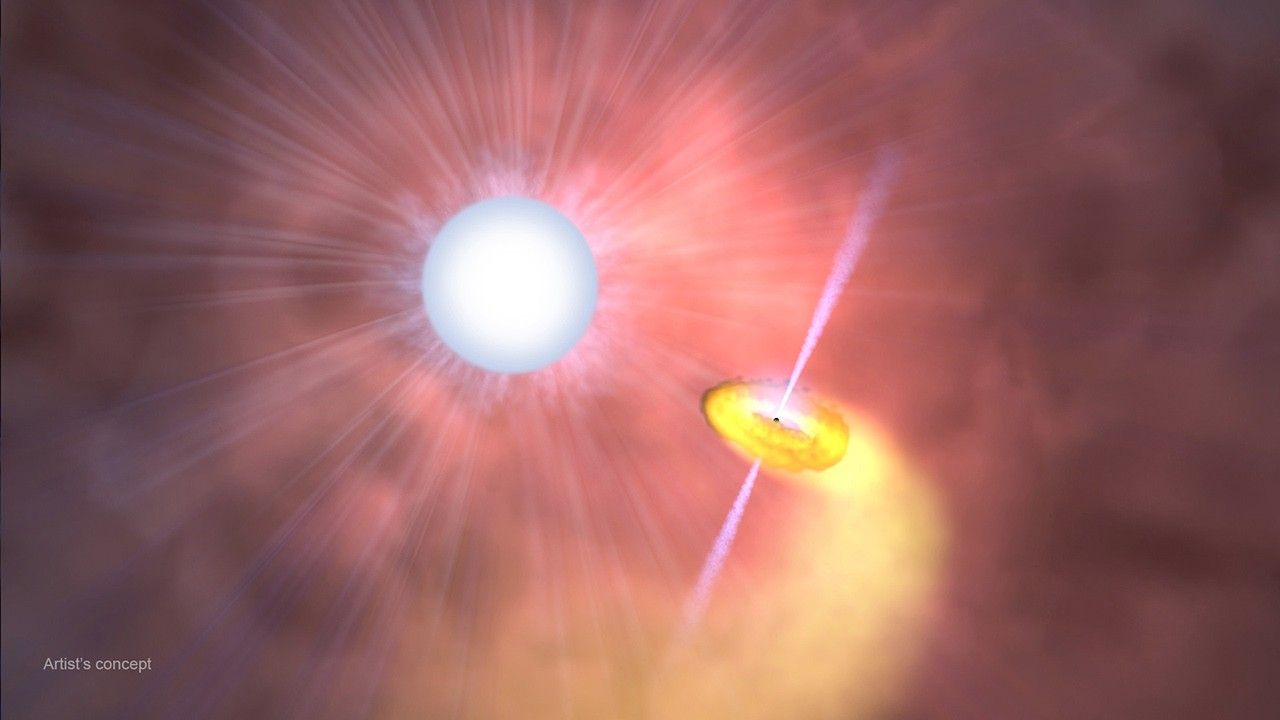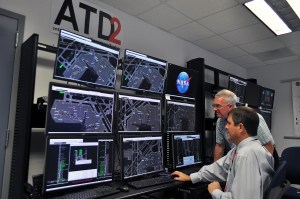Most current airliners are designed as a tube with wings – a single tube or fuselage. But for the future, engineers at the Massachusetts Institute of Technology, who are working for the NASA Aeronautics Research Mission Directorate’s Fixed Wing Project, are looking at the possible benefits of wider, double fuselages with wings.
A model of the so-called “double bubble” D8 airliner concept has returned to the 14 by-22-Foot Subsonic Wind Tunnel at NASA’s Langley Research Center in Hampton, Va., for further testing. “The team is refining what it did last year,” said Rich Wahls, Fixed Wing Project scientist. “We are getting higher accuracy data and more insight into the flow physics with a new measurement device.”
Two questions engineers are trying to answer with the help of the model, which is one-eleventh the size of a real airplane, is whether engines embedded in the fuselage reduce drag and by how much. Reduced drag helps reduce fuel consumption.
The double bubble concept is one of a number of designs NASA is studying in an attempt to develop quieter, cleaner, more fuel-efficient airliners by 2035.




































